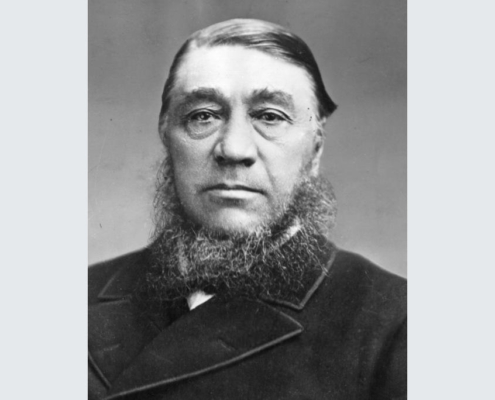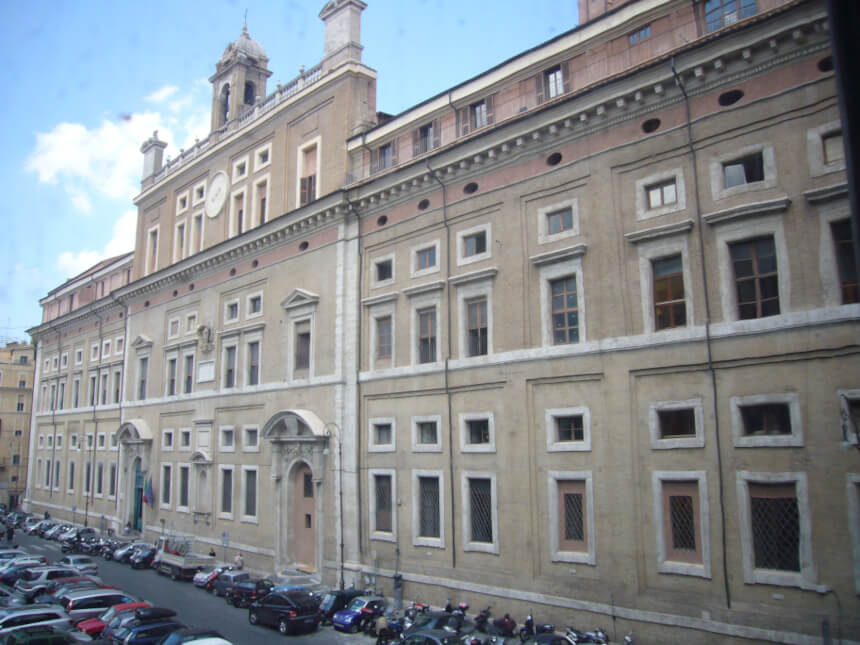1/2 Reichstaler 1621,
under Wilhelm V of Hesse-Kassel as administrator.
Condition: ef+


city of Besançon,
3 Pistols 1666 with title Charles V.
Condition: CH UNC

Bavaria, Chaise d'or (imperial shield)
1328-1347 under Emperor Louis IV.
Condition: ef

Reichstaler 1654-1668
under Count Guidobald von Thun.
Condition: vf-ef

Solidus (491-518)
under Anastasius the righteous.
Condition: vf-ef

Archive: People and Markets
John Highfill († 15 June 2025)
Tulsa, Oklahoma rare coin dealer John Highfill, founder of the National Silver Dollar Roundtable and author of a landmark 1,200-page reference book, The Comprehensive U.S. Silver Dollar Encyclopedia, passed away on June 15, 2025. He was 82.
Legal Statement Issued on Italy’s Import Requirements for Coins
Italy requires such extensive documentation for the import of coins that many dealers prefer to avoid the country. But now, the Ministry of Culture in Rome has issued a legal statement that deserves some attention.
Archive: Coins, Medals and more

The First Piece of Mail Sent Using a Stamp to Be Offered at Sotheby’s
A Penny Black affixed to a Mulready envelope is among the most valuable items in Philately ever offered at auction. The earliest posted envelope using a prepaid stamp, dating to 1840, will be sold at Sotheby’s with an estimate of $1.5–2.5 million.

Berlin and South Africa – A Time-Honoured Connection
Did you know that the first coins of the Boer Republic came from Berlin? It was quite a challenge to create the dies because the Berlin engraver Otto Schulz had no idea of Boer identity, which is why things almost went wrong…















Directory of Circulating Coins – 4th Edition is Now Available
The fourth edition of the Directory of Circulating Coins has been published. Five years after the last edition, the useful reference book for current circulation coins is now up to date again.
PMG Grading On-site in Munich and at MIF Maastricht in Spring 2024
Collectors and dealers will soon be able to submit banknotes to PMG again for the popular for on-site grading – either at the Munich office in April or at the PMG booth at the MIF show in May 2024. More details here.